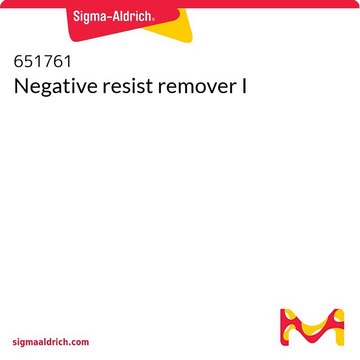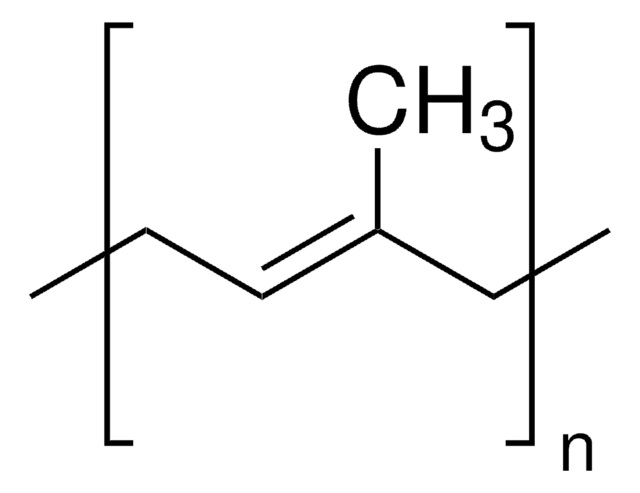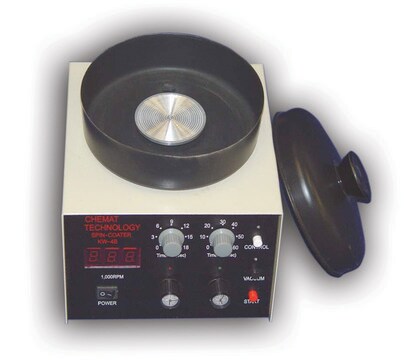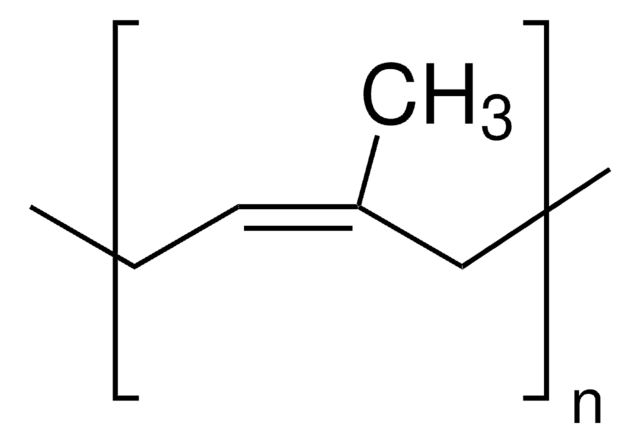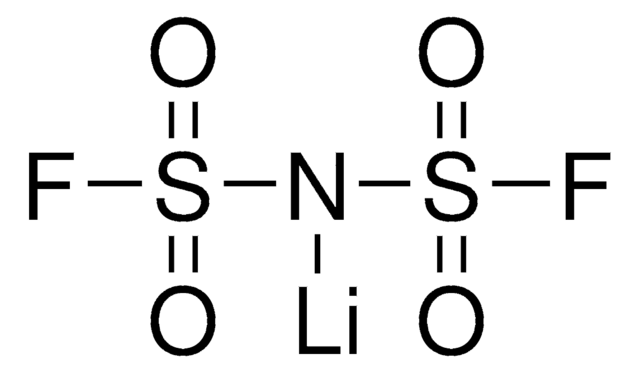651796
Negative photoresist I
About This Item
Productos recomendados
mol wt
average Mw 60,000-70,000 (polyisoprene)
Quality Level
composition
solids, 27-29 wt. %
dielectric constant
2.4
surface tension
29.2 dyn/cm
viscosity
465-535 cP(25 °C)
bp
122-142 °C (lit.)
density
0.89 g/mL at 25 °C (lit.)
λmax
310-480 nm
storage temp.
2-8°C
SMILES string
O1C(OCC(C1)(C)C)CCCCCCCC
InChI
1S/C14H28O2/c1-4-5-6-7-8-9-10-13-15-11-14(2,3)12-16-13/h13H,4-12H2,1-3H3
InChI key
UBZVSDZJBLSIJG-UHFFFAOYSA-N
Categorías relacionadas
General description
signalword
Danger
Hazard Classifications
Acute Tox. 4 Dermal - Acute Tox. 4 Inhalation - Aquatic Chronic 3 - Asp. Tox. 1 - Eye Irrit. 2 - Flam. Liq. 3 - Repr. 1B - Skin Irrit. 2 - STOT SE 3
target_organs
Respiratory system
Storage Class
3 - Flammable liquids
wgk_germany
WGK 3
flash_point_f
75.2 °F - closed cup
flash_point_c
24 °C - closed cup
ppe
Eyeshields, Faceshields, Gloves, type ABEK (EN14387) respirator filter
Elija entre una de las versiones más recientes:
¿Ya tiene este producto?
Encuentre la documentación para los productos que ha comprado recientemente en la Biblioteca de documentos.
Nuestro equipo de científicos tiene experiencia en todas las áreas de investigación: Ciencias de la vida, Ciencia de los materiales, Síntesis química, Cromatografía, Analítica y muchas otras.
Póngase en contacto con el Servicio técnico


